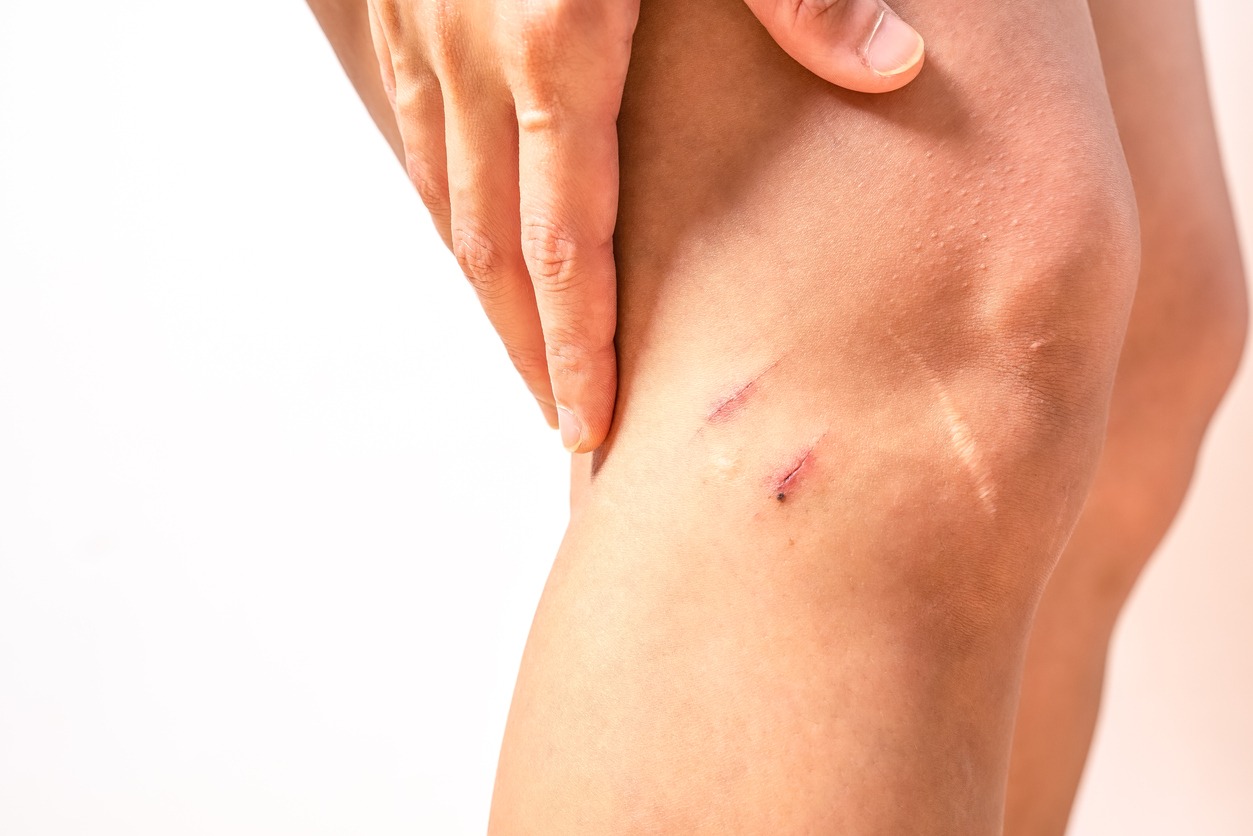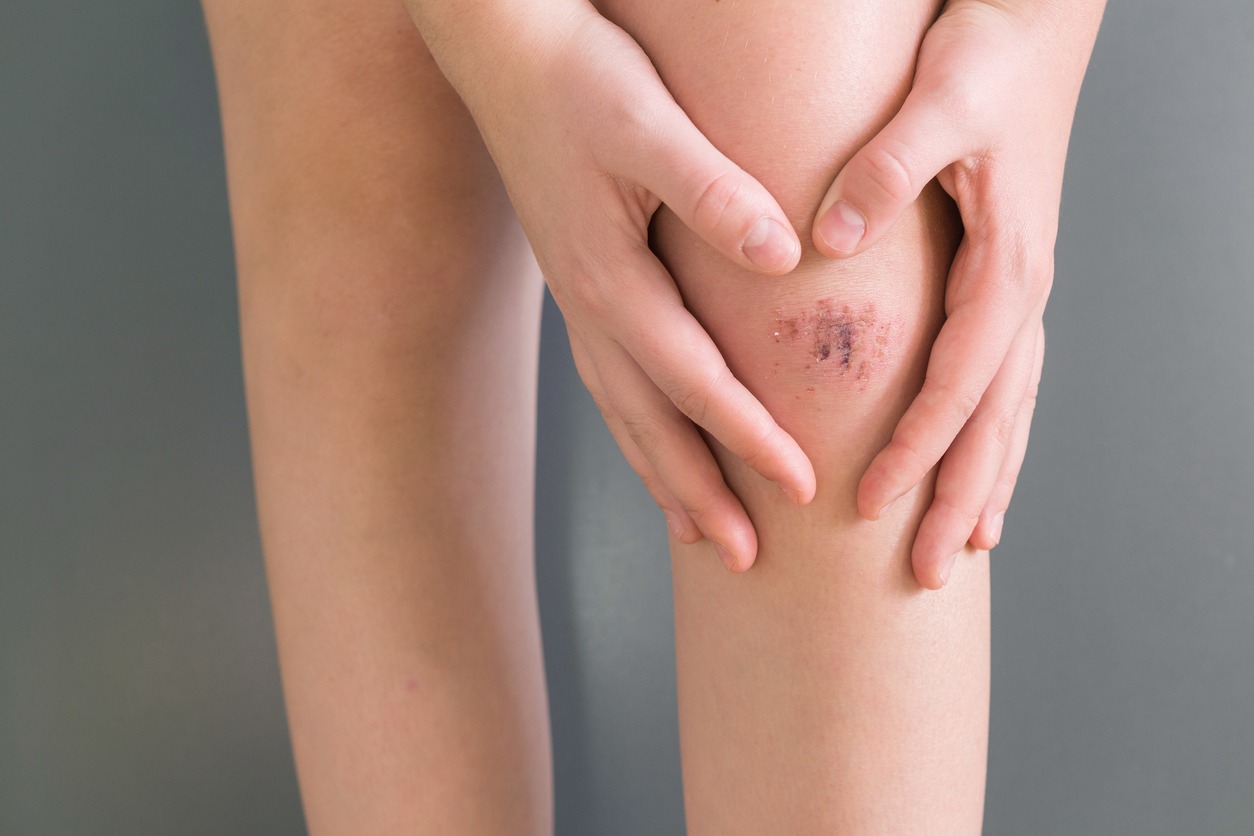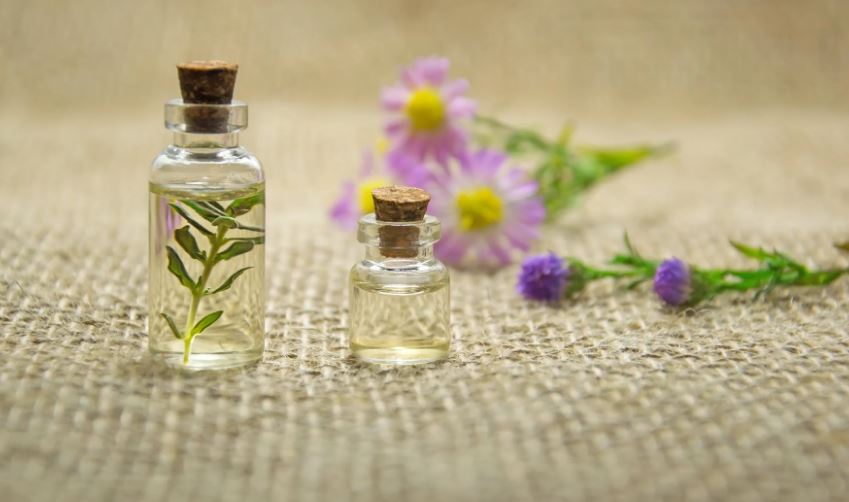Leg scars and marks are not uncommon. Scars can appear due to tanning, underlying hormonal changes, pigmentation, certain skin conditions, allergies, and injuries. Even though these scars do not affect your overall health, some folks may find them unsightly.
If you have scars on your legs from scratching or other causes, read on to learn about effective and safe treatments for removing them right here!
Getting Rid of Leg Burn Scars
Burn scars are caused by the extra collagen produced by the body to aid in healing the burn. Leg burns can result in contracture scars, hypertrophic scars, and keloid scars. First-degree burns rarely leave a scar. Second- and third-degree burns are much more severe and require medical attention. And here is also an updated list of the best casino online in Australia.
Taking Care of a Second-Degree Burn
- On the burn, apply antibiotic ointment.
- Cover the burn with sterile, nonstick gauze.
- It usually heals in two weeks and occasionally leaves a scar.
Taking Care of a Third-degree Burn
- Over the burn, put on a compression garment.
- Consult your doctor to see if you will require a skin graft.
- Your doctor may advise surgery to release a tense area.
- A physical therapist should perform range-of-motion exercises.
- It typically takes months and even years to heal and always leaves a scar.
How to Treat Atrophic Scars on Your Legs
Atrophic scars are depressions in the skin caused by damaged skin’s inability to regenerate tissue. Depending on the location, size, and other aspects of the scar, a licensed dermatologist may recommend one of the following treatments. On the other hand, here is the list of the best casinos en ligne in France.
Fillers
This procedure uses dermal fillers such as hyaluronic acid or soft-tissue injections to level or raise indented scars to resemble the surrounding skin.
Skin Needling
This procedure utilizes a series of small needles to puncture the skin to regenerate a healthier layer.
Chemical Peels
This treatment uses chemicals to remove the damaged layer of skin, revealing healthier skin beneath.
Grafting and Punch Excision
A punch excision removes scar tissue with a needle the same size as your scar and stitches the wound shut. The area is loaded with healthy tissue before being shut to heal in a punch graft. These options can be combined with laser resurfacing to improve the look of the area.
Subcision
This treatment loosens the recessed area around the scar with a needle, and a new wound forms at the normal layer of skin.
How to Treat Razor Burn on Your Legs
Razor burns, also known as razor bumps, can appear on your legs after you shave. Ingrown hairs frequently cause razor bumps. The affected area may become inflamed and red, and bumps may appear.
Fortunately, razor bumps are relatively simple to treat. Here are some treatments to consider:
- Allow the area to heal before shaving again.
- After shaving, apply moisturizer.
- Reduce your shaving frequency, even if it’s just by one day.
- To prevent ingrown hairs, exfoliate before shaving. (Avoid using a needle or tweezers.)
- Apply a cool-water-soaked washcloth.
- Apply a paste of aspirin to the affected area.
- Consider using hydrocortisone cream.
- Use coconut oil, witch hazel, aloe vera, or tea tree oil as a moisturizer.
Contact your doctor if your razor bumps do not heal within two to three weeks. Your doctor may advise you to take medication orally or topically.
Getting Rid of Old Scars on Your Legs
Scars that are more than a couple of years old are often permanent. However, some treatments can help to fade scars. A dermatologist can recommend professional treatment options, or you can try one of the home remedies listed below.
Massage Using Oil
Massage may be beneficial once the scar has healed. Gentle massage techniques on the scar area may reduce collagen tissue build-up, flattening the scar. While research on scar massage is limited, evidence suggests that it may be effective for some people.
The British Skin Foundation recommends massaging the skin for 5 minutes three to four times per day. Massage can be practiced at home or by visiting a professional massage therapist specializing in scar tissue.
Natural oils can make massage more comfortable and may help to reduce scar tightness. Among the most popular scar treatment oils are:
- coconut oil
- vitamin E oil
- sweet almond oil
Exfoliation
Once the wound has healed, regular exfoliation can help remove dead skin cells, allowing the scar to heal faster. People can use an exfoliating cleanser or a loofah with water and mild soap to exfoliate the region around the scar.
After exfoliating, it is critical to apply a natural oil or moisturizer. They should not exfoliate the skin excessively, as this can cause redness and irritation.
You can also reduce scars by using over-the-counter (OTC) exfoliating products. According to one study, products containing chemical exfoliators such as glycolic acid may help reduce acne scars.
Essential Oils
Some essential oils may help reduce inflammation and infection while also promoting wound healing. Although some people may find these oils beneficial, they are less likely to heal existing or older scars.
Among the most popular essential oils for scarring are:
- chamomile
- geranium
- frankincense
- Helichrysum
- tea tree
- lavender
Aloe Vera Gel
Aloe vera gel has a rich history of use in treating skin problems. According to a review of 23 trials, it can prevent ulcers, improve skin integrity and moisture, and improve wound healing.
There is not much evidence to back up the use of aloe vera to enhance scar appearance. It is, however, likely safe for most individuals to use and may hydrate the skin, reducing scar tightness.
Over-the-Counter Cream, Gel, or Sheeting
Over-the-counter medicated gels and creams are available to help with wound healing and scar reduction. You may alleviate scar sensitivity by using an antihistamine cream, for example.
According to some studies, silicone gel or sheeting can improve scar appearance while relieving discomfort and itching. To see results, people should apply silicone gel or sheets to the scar for 12 hours each day for at least three months.
People should talk to their pharmacist or doctor about over-the-counter scar treatment options.
Sunscreen
Although using sunscreen daily is unlikely to remove leg scars, it can significantly minimize skin discoloration and help scars fade faster. Sunscreen is particularly important for those who use scar-fading products like glycolic acid.
The AAD recommends using a broad-spectrum sunscreen with an SPF-30 or higher daily. You should reapply this frequently throughout the day.
If the above remedies do not work for you, you should consult with an expert dermatologist who may be able to provide a holistic medico-aesthetic means of removing the scars on your legs.




